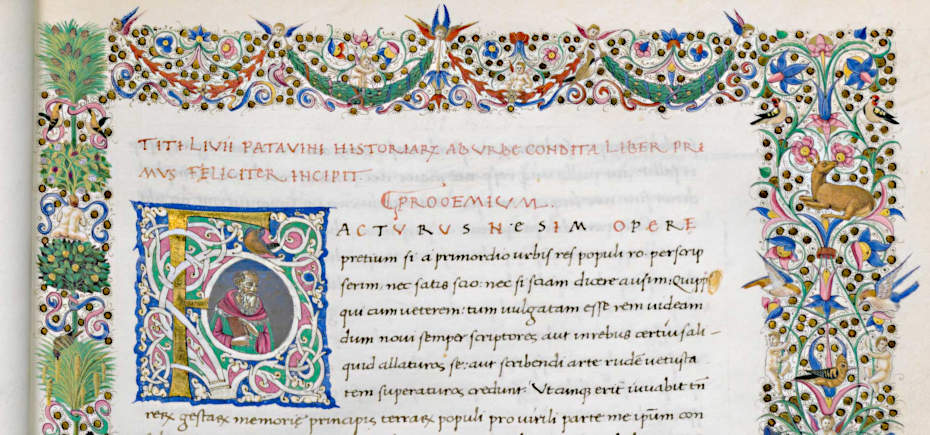Totus Livius – Manoscritti liviani digitalizzati
 Totus Livius è un progetto scientifico promosso e realizzato dal Centro Interdipartimentale di Ricerca Studi Liviani dell’Università di Padova che ha come obiettivo la valorizzazione della figura e dell’opera dello storico romano Tito Livio (Padova, 59 a.C. – 17 d.C.), vero e proprio patrimonio della cultura occidentale e mondiale degli ultimi 2000 anni.
Totus Livius è un progetto scientifico promosso e realizzato dal Centro Interdipartimentale di Ricerca Studi Liviani dell’Università di Padova che ha come obiettivo la valorizzazione della figura e dell’opera dello storico romano Tito Livio (Padova, 59 a.C. – 17 d.C.), vero e proprio patrimonio della cultura occidentale e mondiale degli ultimi 2000 anni.
Parte essenziale di Totus Livius è l’allestimento di una biblioteca digitale contenente la ricchissima tradizione manoscritta del testo liviano, liberamente fruibile a studiosi e appassionati. Si tratta di un progetto ambizioso e a lungo termine: la collezione sarà costantemente ampliata, anche grazie all’acquisizione di manoscritti non ancora digitalizzati dalle istituzioni che li conservano, e le informazioni bibliografiche e codicologiche arricchite con gli esiti più recenti della ricerca.
I 142 Ab urbe condita libri di Tito Livio raccontavano la storia di Roma dalle origini fino al 9 a.C. Un’opera di estensione e profondità immense, che divenne immediatamente un ‘classico’, amato – e talvolta odiato – da storici, poeti, grammatici, e perfino imperatori durante tutto il corso dell’età imperiale romana. La mole impressionante dell’opera (‘ingens Livius’ lo definisce Marziale in un celebre epigramma) rese la sua tradizione manoscritta particolarmente complessa e, purtroppo, accidentata. L’opera circolò in gruppi di dieci libri (decadi) che rispecchiavano almeno in parte il criterio compositivo dello stesso Livio e che ebbero destini assai diversi. Oggi, soltanto 35 libri dei 142 originari sopravvivono: la prima, la terza, la quarta decade e i libri 41-45.

A dispetto del naufragio di gran parte dell’opera, gli Ab urbe condita svolsero un ruolo cruciale nella cultura di tutto il medioevo, costituendo una fonte privilegiata per la ricostruzione della grande storia della Roma repubblicana, attorno alla quale si costruì gran parte dell’identità politica e culturale dell’occidente europeo, e non solo. I manoscritti di Livio furono copiati, letti e conservati nelle biblioteche di intellettuali, papi e re: da Lupo di Ferrières a Francesco Petrarca e Giovanni Boccaccio, da Thomas Becket a Cosimo de’ Medici. Tracciare la circolazione dell’opera liviana significa perciò ripercorrere i momenti di svolta della storia culturale occidentale: l’avvento della cristianità, la rinascenza carolingia, la nascita del pre-Umanesimo e dell’Umanesimo, la fioritura del Rinascimento.
Il bilancio di questa straordinaria fortuna è impressionante: senza contare traduzioni e volgarizzamenti, i manoscritti liviani ammontano a non meno di 450 esemplari, distribuiti in un arco cronologico di un millennio, dal V al XV sec.








 è un servizio del
è un servizio del